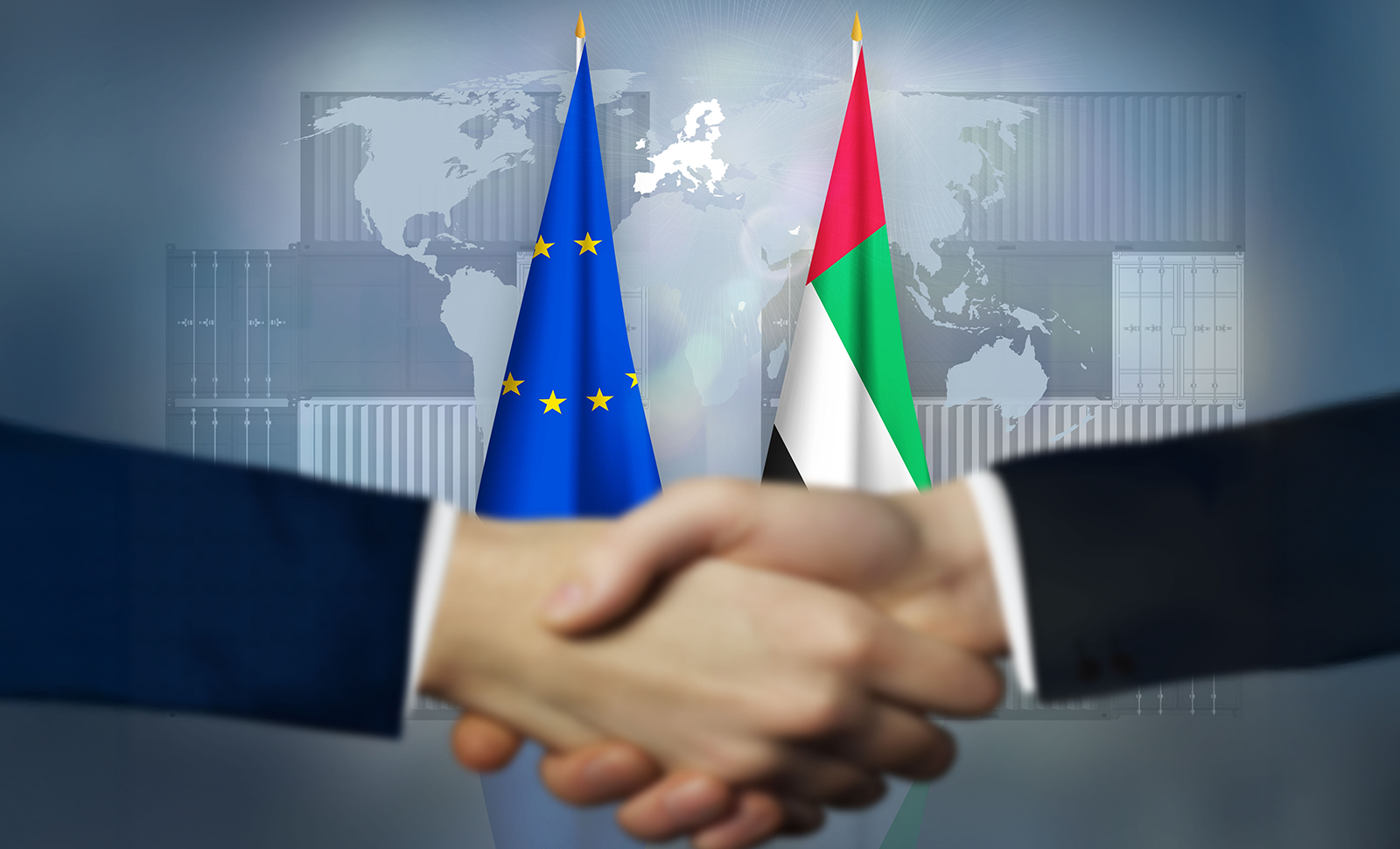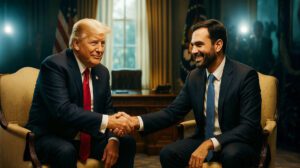As the United States doubles down on tariffs and trade barriers, the United Arab Emirates (UAE) and European Union (EU) are moving in the opposite direction—launching formal talks to forge a Comprehensive Economic Partnership Agreement (CEPA). This strategic divergence illustrates a broader realignment in global trade policy, with major implications for investment, diplomacy, and economic growth.
UAE-EU CEPA: Building a Future on Open Markets
On April 10, 2025, the UAE and EU jointly announced the beginning of negotiations on a CEPA designed to strengthen bilateral trade, deepen investment links, and promote joint economic development. The agreement was launched following a call between UAE President Sheikh Mohamed bin Zayed Al Nahyan and European Commission President Ursula von der Leyen.
President Sheikh Mohamed noted that the decision marked “a shared determination to unlock the full potential of cooperation.” Von der Leyen called it “a step towards a more dynamic and robust phase” in the economic relationship.
According to the UAE’s state news agency WAM, the EU is the country’s second-largest trade partner, responsible for 8.3% of non-oil trade. Non-oil bilateral trade between the two reached $67.6 billion in 2024—a 3.6% year-on-year rise. The UAE is also the EU’s largest trading and investment partner in the Middle East and North Africa region.
The upcoming agreement is expected to cover green hydrogen, renewable energy, digital services, and critical raw materials—aligning closely with the EU’s climate and industrial strategies.
Meanwhile in the U.S.: Tariff Walls Rise Again
In stark contrast, the United States is closing its doors to global trade. On April 2, President Donald Trump declared a sweeping 10% tariff on all U.S. imports, escalating to 125% on Chinese goods and 60% on selected items from other nations. This aggressive move, referred to by Trump as “Liberation Day,” was framed as a response to long-standing trade imbalances.
The ripple effects have been severe. Stock markets plunged, global supply chains scrambled, and consumer prices rose across multiple sectors. A recent survey in Austria even revealed that 71% of respondents are ready to boycott U.S. goods in protest.
The EU, caught in the crosshairs with a 20% blanket tariff, is pursuing countermeasures but has also signaled an urgent need to diversify its trade relationships—making the CEPA with the UAE particularly timely.
Strategic Implications: Competing Economic Philosophies
The current global trade environment is increasingly shaped by two competing economic models. On one side stands the UAE-EU alliance, which is actively promoting multilateralism, open trade, and sectoral cooperation in forward-looking areas like green energy, digital services, and high-tech innovation. Their trade orientation is rooted in liberalization, and their investment strategy favors openness and global integration.
On the other hand, the U.S. is embracing economic nationalism, a philosophy centered on protecting domestic industries through broad and punitive tariffs. Its trade strategy is unilateral, its approach to tariffs is protectionist, and its investment agenda is focused inward on reshoring manufacturing and securing self-reliance in critical sectors like agriculture and energy.
These two models represent not only different economic visions but also diverging geopolitical strategies. The UAE and EU are forging partnerships to increase their influence across regions, while the U.S. is recalibrating its role through trade withdrawal and supply chain independence.
A Final Note: A Global Rebalancing of Trade Alliances
The contrasting trade strategies pursued by the U.S. and the UAE-EU bloc highlight a deeper recalibration of global economic leadership. The CEPA talks are not just a signal of stronger bilateral relations between the UAE and EU—they’re part of a larger pivot toward economic regions that are willing to engage in cooperative, forward-thinking frameworks. As Washington builds tariff walls, Brussels and Abu Dhabi are building bridges.
This divergence has consequences that go beyond trade balances. Multilateral agreements like CEPA can stimulate innovation, reduce supply chain dependencies, and accelerate decarbonization through shared commitments to green and digital transformation. In a world increasingly shaped by geopolitical fragmentation, these agreements serve not only as economic tools but as instruments of soft power and international stability.
For the EU, partnering with the UAE offers access to vital energy transition resources like green hydrogen and critical raw materials, while expanding its influence in the Gulf. For the UAE, the CEPA strengthens its positioning as a global trade hub—a connector between Asia, Africa, and Europe at a time when global supply routes are under stress.
In contrast, the U.S. risks ceding influence by prioritizing short-term domestic gains over long-term global partnerships. Its shift toward economic nationalism may address certain manufacturing and labor concerns at home, but it isolates American firms from dynamic global markets and reduces its leverage in shaping international economic norms.
Ultimately, the message from the UAE-EU trade dialogue is clear: in an era of rising uncertainty, cooperation—not isolation—is proving to be the preferred currency of progress.
















